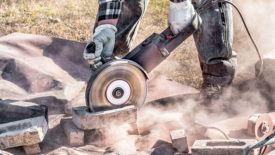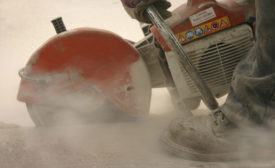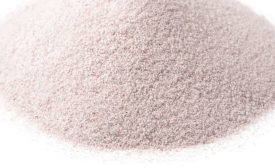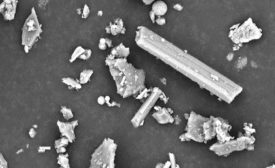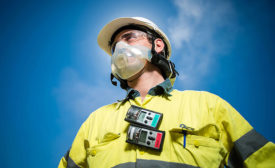Home » silica dust
Articles Tagged with ''silica dust''
How to protect yourself from silicosis on a jobsite
Over two million construction workers are at risk around concrete
February 8, 2024
Never miss the latest news and trends driving the safety industry
eNewsletter | Website | eMagazine
JOIN TODAYCopyright ©2024. All Rights Reserved BNP Media.
Design, CMS, Hosting & Web Development :: ePublishing
